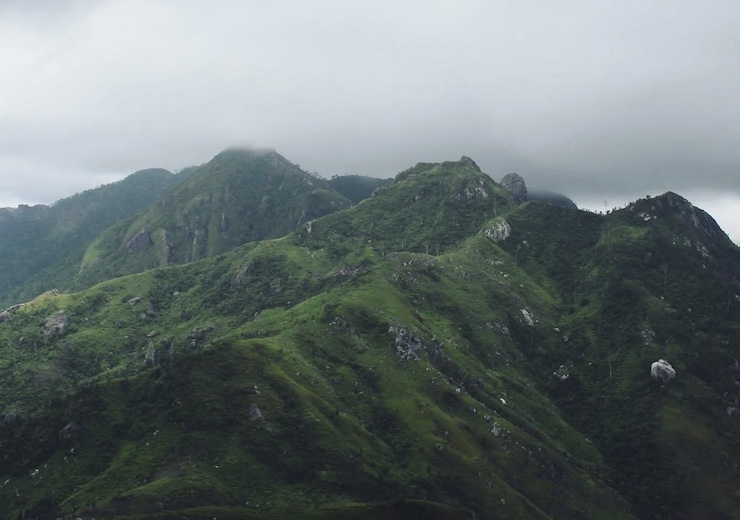
While most people think of Kew Gardens in London as one of the most impressive botanical gardens in the world, they often fail to realize that it is also one of the most important botanical research centers globally. Both the London and Wakehurst botanic gardens are managed by the Royal Botanic Gardens, Kew, a non-departmental public body of the United Kingdom. The organization’s mission is to protect all plant life on Earth. Their website states, “Earth is the only planet in the universe that we know for certain supports life. Yet that life is in crisis. The unprecedented rate of degradation means we are living through an age of extinction. We know the next decade is critical to reverse this trend. Our aspiration at Kew Gardens and Wakehurst is to end the extinction crisis and help create a world where nature is protected, valued and managed sustainably.” A dedicated team of scientists plays an integral part in advancing the Royal Botanic Gardens’ mission.
Jenny Williams, one of Kew’s scientists for more than 10 years, is a Senior Spatial Analyst who specializes in implementing drone technology to assess botanical conditions. Currently, her drone research focuses on the forests of Madagascar. The isolated island of Madagascar is known for its unique biodiversity, which has evolved over the last 80 million years with little outside influence. Nearly all of the plants and animals found in Madagascar are endemic to the island. However, as one of the poorest nations, the island’s biodiversity is under threat as inhabitants turn to illegal deforestation to support their livelihoods.
Jenny and her team have been flying drones over the Ambohimahamasina Forest, one of the island’s last fully intact forests. Her goal is to develop a baseline of the forest to protect it while considering the needs of the people who call the island home. “The majority of the rural population in Madagascar are subsistence living, and they rely on charcoal as their only fuel source. As a result, the local forests are under tremendous pressure to supply all the resources for communities to survive,” Jenny says. “At the moment, this is not sustainable and so alternative livelihoods need to be developed if we want to protect these beautiful and unique ecosystems. There is a fine balance to strike between protecting Madagascar’s forests and protecting the wellbeing and livelihoods of its people and this is central to the work Kew has been doing here since the 1980s.”
Using a senseFly eBee Plus drone, Jenny has accumulated hundreds of hours of flight over Ambohimahamasina, capturing thousands of images. senseFly is a subsidiary of Parrot, one of the most trusted drone manufacturers in the world, based in France and the United States. “The eBee Plus system is the ultimate tool for geospatial organizations that demand photogrammetric-quality mapping,” said senseFly’s CEO, Jean-Christophe Zufferey. “With its unique upgradeable RTK/PPK functionality and flight time of almost an hour, this simple, largely automated solution is perfect for professionals working in fields such as surveying, construction, and GIS who require a highly efficient method of data collection with survey-grade accuracy.”
The drone data Jenny collected revealed far more damage than had been originally suspected. The drone images showed several areas of illegal deforestation along forest and community borders, the largest of which covered 412 hectares. Jenny and her team were able to partner with a local non-governmental agency, Ny Tanintsika, to develop strategies to address deforestation. The drone images were critical in this process, as they showed indisputable proof of deforestation and helped establish a baseline of the remaining forest.
Working with Ny Tanintsika, Jenny and her team continue to monitor the area with drones while helping to set up protocols to protect and revive the forest while supporting local populations. “Protecting Madagascar’s forests is not just about stopping deforestation,” the Royal Botanic Gardens states. “It is about building resilience back into the landscape and the communities that rely on it. Towards this goal, Kew’s scientists have priorities in place: finding the right trees to plant, planting trees in the right place, planting trees at the right time, using the right fuel to support community wellbeing, and using the right tools to monitor the ecosystem.” Through innovative research and a deep commitment to both the environment and local communities, the Royal Botanic Gardens, Kew, continues to play a crucial role in safeguarding the future of Earth’s unique ecosystems and ensuring a sustainable balance between nature and human development.
|